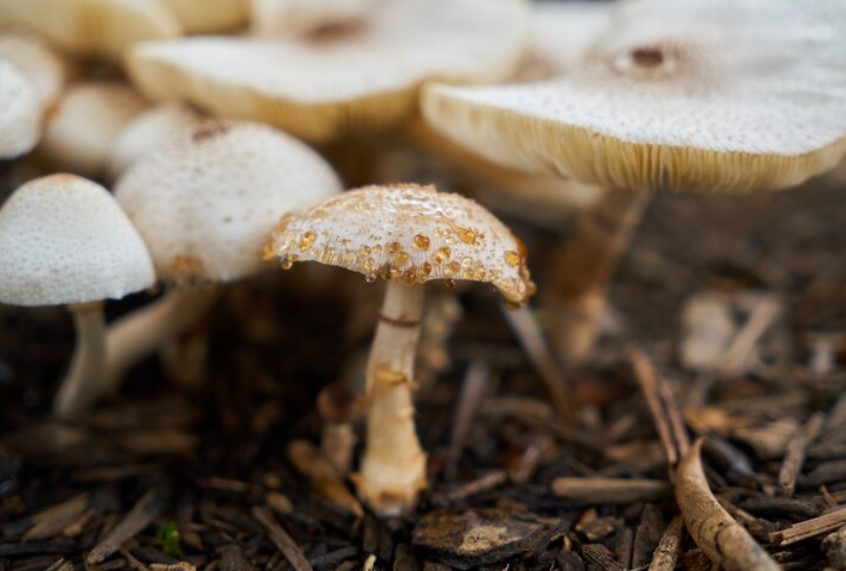08
Jul 2025
NSW Health Sounds Alarm as Deadly ‘Death Cap’ Mushrooms Spread
Published in News on July 08, 2025

Health authorities in New South Wales are urging residents to steer clear of wild mushrooms following the discovery of the highly toxic Amanita phalloides, commonly known as the death cap, across several regions—including Sydney, the Southern Highlands, and southern NSW.
Where Did They Appear?
Over the past two years, NSW Health and local councils have conducted regular monitoring of wild fungi. Recent surveys indicate a notable uptick in the mushroom’s presence, likely fueled by a season of heavy rainfall and flourishing oak tree habitats—ideal conditions for these mushrooms.
Why They’re Deadly
Death cap mushrooms are responsible for over 90% of mushroom-related fatalities worldwide and are notoriously difficult to tell apart from edible varieties. Their amatoxin content attacks vital organs, particularly the liver and kidneys. Even well-cooked, they remain lethal.
Alarming Case Numbers
Last year, the NSW Poisons Information Centre recorded 363 calls related to wild mushroom exposure, resulting in 23 hospitalisations—including two children under five. So far this year (to May 31), there have been 190 exposures reported. This reflects a troubling 26% increase in inquiries compared to 2023.
Expert Warnings
Professor Brett Summerell, Chief Scientist at the Botanic Gardens of Sydney, has warned that distinguishing safe mushrooms from deadly ones is nearly impossible. He emphasised that foraging carries substantial risk and advised against consuming anything other than grocery-bought mushrooms.
Genevieve Adamo, a senior specialist at the Poisons Information Centre, highlighted the often-delayed nature of poisoning symptoms. While initial signs like nausea, vomiting, and diarrhoea may appear within 24 hours, organ failure can follow swiftly. Early medical intervention is crucial to survival.
Adults and Children at Risk
Adamo warned that young children are especially vulnerable due to their propensity to put things in their mouths. She advised parents to remove any mushrooms growing in gardens or parks to protect toddlers who might inadvertently ingest them.
What You Should Do
NSW Health recommends:
- Avoid foraging for wild mushrooms. Only consume mushrooms bought from trusted suppliers.
- Remove mushrooms from outdoor play areas to reduce accidental ingestion by children.
- Seek medical help immediately if you suspect mushroom poisoning. Early treatment can be lifesaving—don’t wait for symptoms to emerge.
The NSW Poisons Information Centre is available 24/7 at 13 11 26, and in emergencies call 000. If possible, bring a sample or photo of the ingested mushroom to help with diagnosis.
Why It Matters
The recent proliferation of death cap mushrooms and other toxic fungi—particularly after periods of wet weather—poses a serious public health risk in both suburban and urban environments. Just a small amount of a toxic mushroom can cause severe liver and kidney damage, or even be fatal.
A recent rise in hospital admissions and calls to the Poisons Information Centre highlights how easily wild mushrooms can be misidentified and how rapidly poisoning symptoms can escalate. Children and those unfamiliar with native fungi are especially vulnerable.
In severe cases, treatment may require extended hospital stays, including intensive care, organ support, or even emergency transplant procedures. For families travelling from rural or remote areas, access to nearby hospital accommodation can be critical in supporting both the patient and their loved ones through prolonged treatment and recovery.
This month’s health alert is a crucial reminder:
When it comes to wild mushrooms, don’t take the risk. If in doubt, throw it out.









